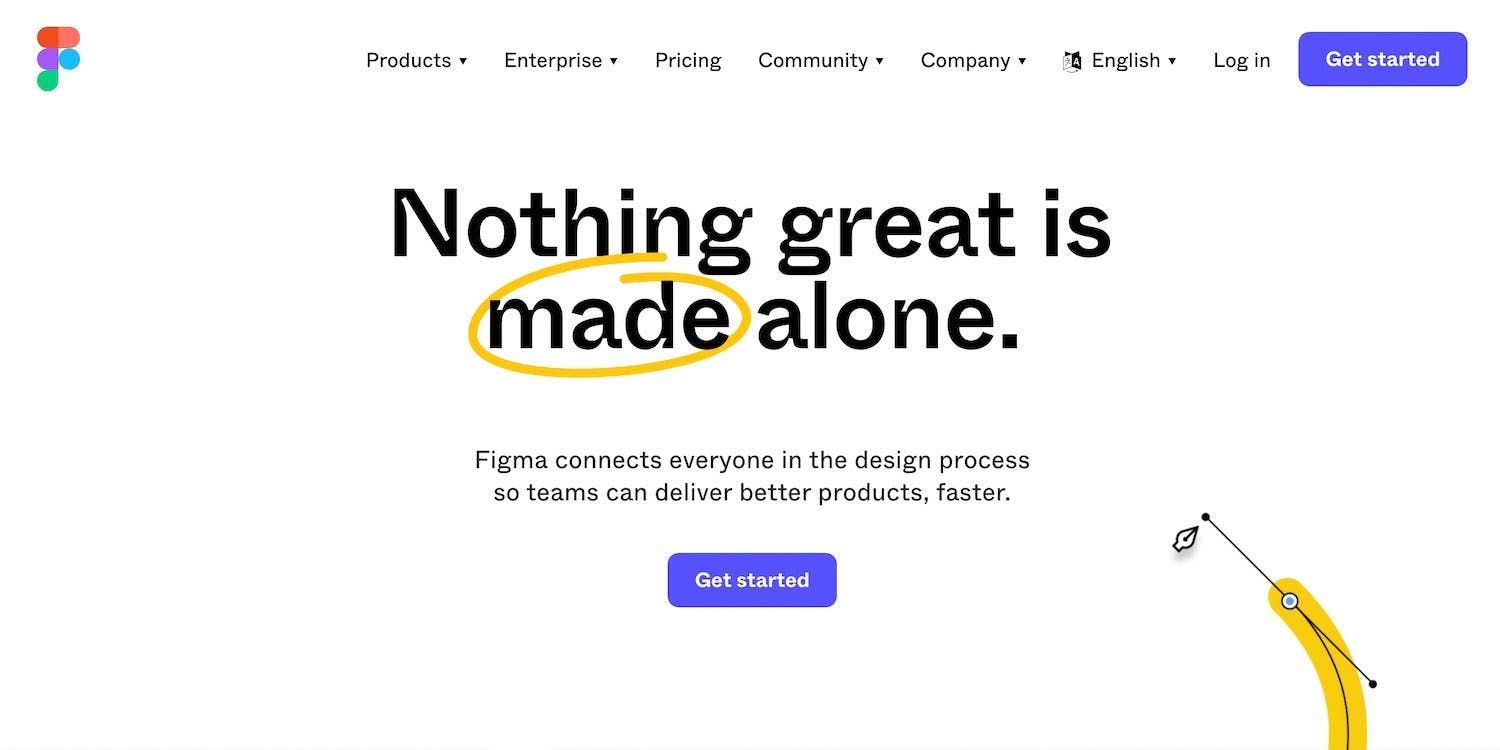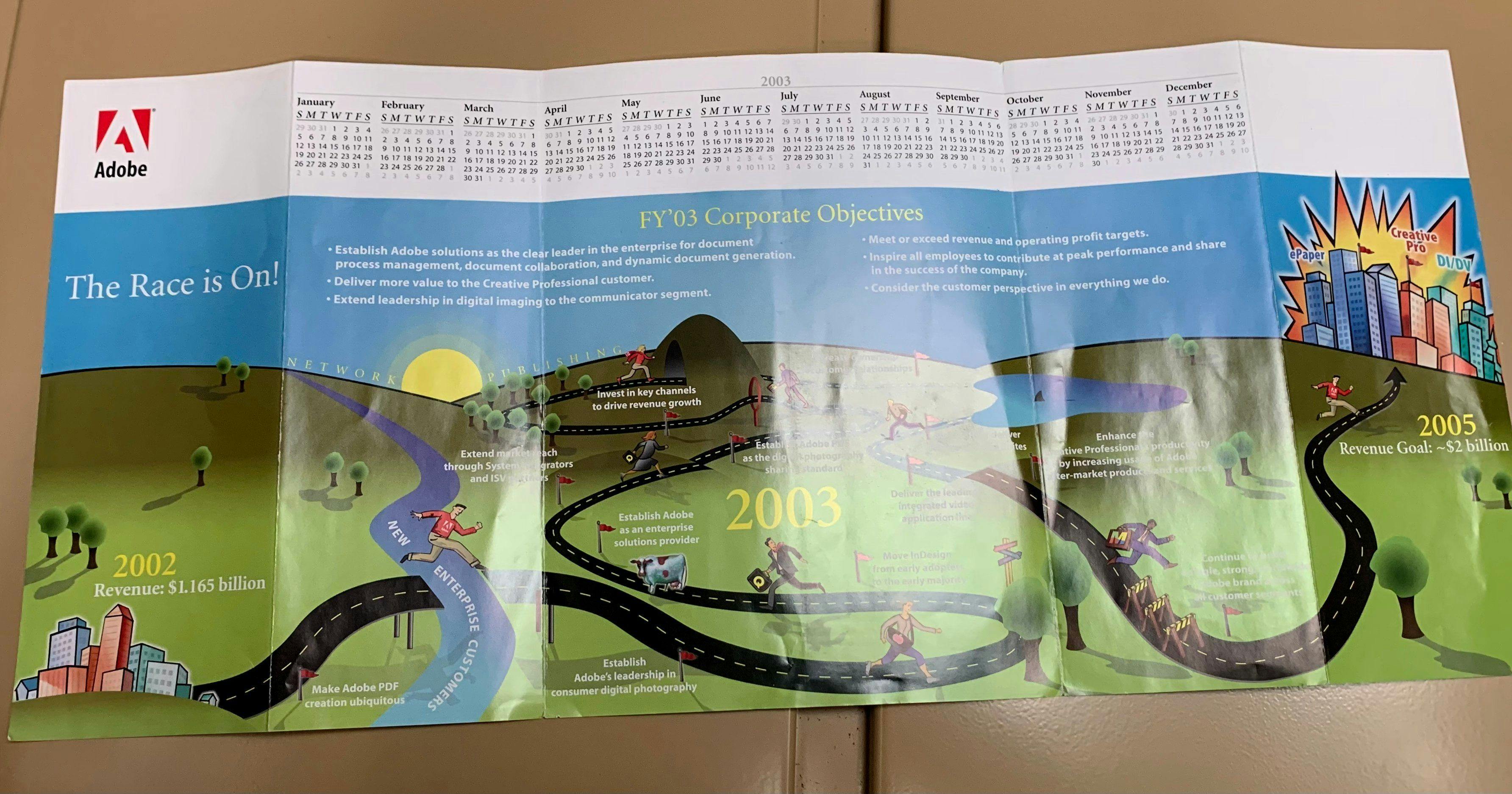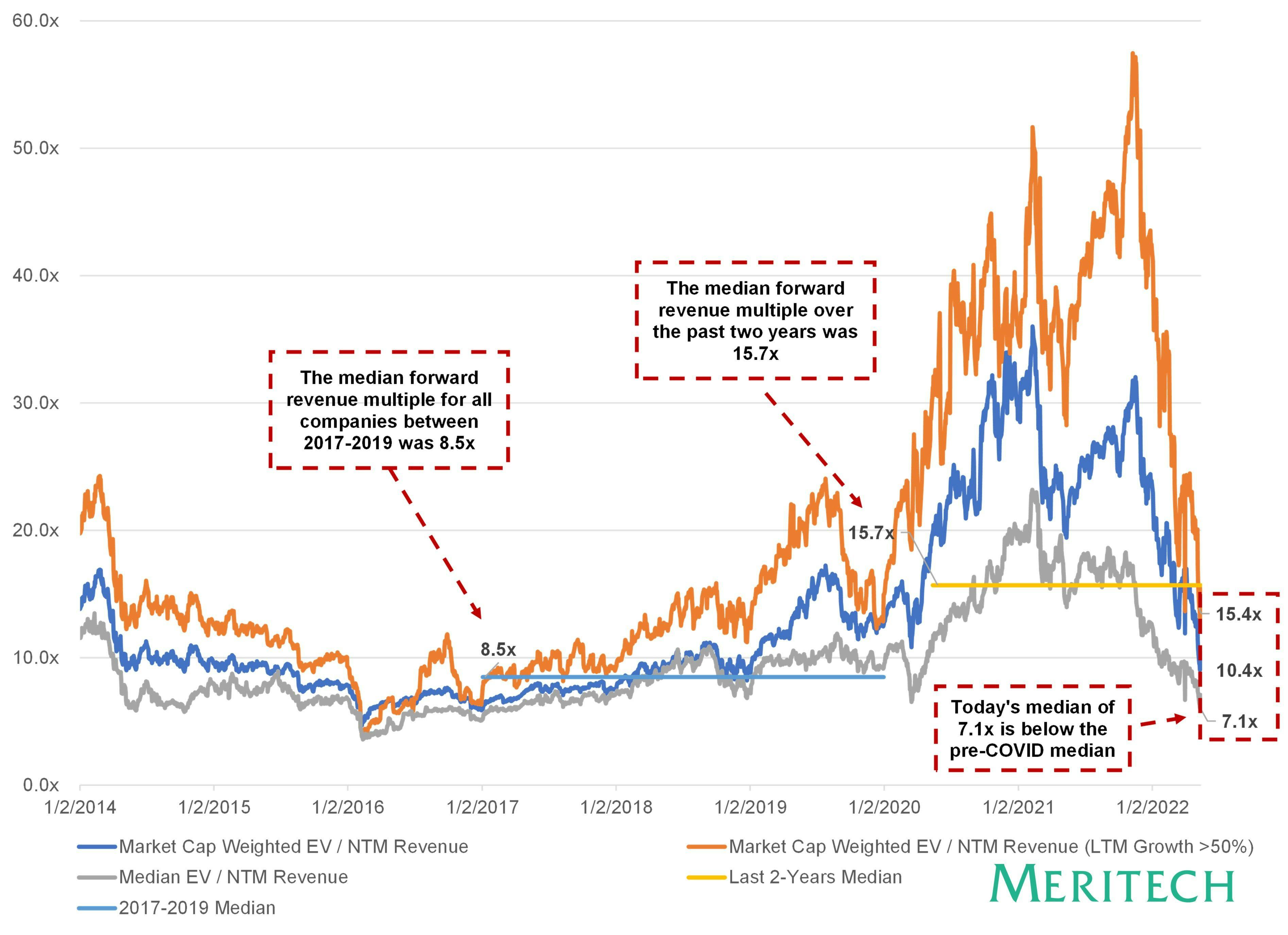Why Adobe Had to Buy Figma

By Adam Kleinberg
Adobe just paid an eye-popping $20 billion for Figma, a company some people are hardly familiar with. Many may be scratching their heads, wondering ‘WTF?’
Here's WTF.
Today, most CMOs think of Adobe for its marketing cloud, Experience Manager. Its collection of tools are widely considered the premium enterprise solution for personalizing your marketing, managing your website content and commerce, analytic and data management, email marketing, audience targeting and workflow management.
But make no mistake: The foundation of the company is its creative and design tools.
I became a graphic designer in 1997 after buying a book on how to use Photoshop for $40. It did more to fuel my career than my entire college education.
Back then, Adobe was synonymous with design. You could not be a designer without knowing Photoshop and Illustrator. There was a tool called Quark that was used for laying out print pieces, but Adobe has a competitive product called InDesign that was just as good. There was an upstart company called Macromedia that had a tool called Flash for making cool animations on the web, but Adobe was what all of the pros used.
(Note: both Macromedia and then Adobe are former clients of Traction)
In the early 2000s, they introduced the PDF format and started a second pillar for document services. This was the first step in building Adobe into a true enterprise software company. One of Traction's first projects when we opened our doors as a design agency was working on a communications project in 2002 to explain to the internal team at Adobe that moving into document management was a good thing that would drive them from $1.165B to $2B in revenue.

A few years later, Macromedia started to make some real waves with tools like Flash, Dreamweaver and Fireworks starting to eat away at Adobe's dominance. Notably, Flash had become the tool that was used to produce almost every banner ad on the internet.
So Adobe bought them for $3.4B in 2005.
After buying Macromedia, Adobe enjoyed a solid decade of monopoly. Fireworks disappeared. Flash was phased out. Dreamweaver has been kept on life support. In that time, not only did they build another monopoly around the PDF format, they started making a series of acquisitions that made them the leader in marketing technology—companies like Omniture (analytics), Efficient Frontier (social), Magento (e-commerce), Marketo (email), Workfront (workflow) and others.
Over the past several years, however, design tools that were designed from the ground up for the needs of the web have been introduced. That core monopoly not only eroded, it started to crumble.
First came Sketch. About seven years ago, I started hearing that Traction's design team was using a tool called Sketch instead of Photoshop for website design. Sketch was gaining ground because it was component-based—meaning, you could design an element once (say, the navigation or a button on a website), design layouts for multiple pages in a single document using those components, and then make changes to those components once that would be propagated across all those layouts.
Then came Figma. Which did all this in the cloud. Teams—even clients—could collaborate in the same document. A feature which came in very handy in the face of a global pandemic.
Say hello to disruption.
Adobe has a competitive tool to Figma called XD, but it's an afterthought.
At Traction, we do most of our design work in Figma today. We don't even export designs into a presentation tool—we just open up Figma and share the work there. Clients can comment right in a shared design file.
Case in point: I mocked something up in Photoshop two weeks ago to show an idea to a couple of our creatives. Andy Vera, one of our rockstar young designers fresh out of college at Savannah School of Art & Design, looked at me like I was a triceratops—not just a dinosaur, but one with a horn coming out of my nose.
"Don't worry. I'll rebuild it in Figma," she said with a hint of pity in her voice. I felt so old.
Figma wasn't just a nice toy to put on the mantle for Adobe. It was an existential necessity. $20 billion is eye-popping for a company with $400M in revenue, but Adobe wasn't just buying new customers—it was stopping a gaping hemorrhage of their core customers who have been flowing out the door in droves.
In the past two years, median multiples reached almost 25x for all public SaaS companies . Setting aside the recent drop in SaaS valuations in 2022, through that lens, a 50X revenue multiple to stop the bleeding seems like a reasonable deal.

Essentially, they were willing to pay for each of those customers twice—the ones they'll gain and the ones they didn't lose.
This should cement Adobe's dominance not just in the creative tools space, but strengthen their leadership in martech as well by empowering them to create seamless integrations between the tools that create digital assets and the tools that put them in front of customers.
Designers, of course, are wary. There is an active thread on Traction's Slack right now about whether Adobe is going to do to Figma what they did to Macromedia.
It's a valid concern, but Adobe has become an innovation by acquisition company over the past decade or so.
Hopefully this act of "innovation" is one that lasts.

The ANA recently called Traction CEO, Adam Kleinberg, and our client, Matt Agronin, CMO of the consultative outsourcing leader, Ubiquity, for some advice for B2B marketers.

You’ve probably seen people practicing Tai Chi in the park and seen it touted as a meditation and wellness practice. But the principles of Tai Chi can also apply to business.

Consumers prefer brands that do actually good things, not brands that simply inject themselves into conversations.
